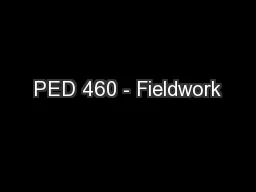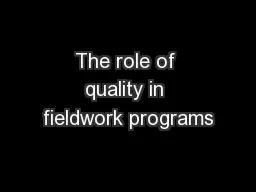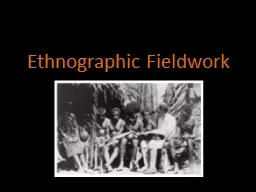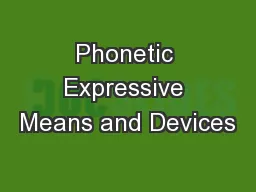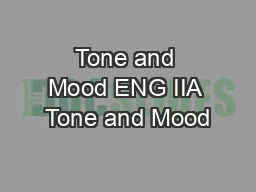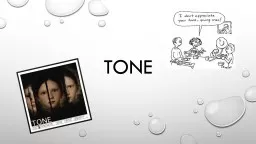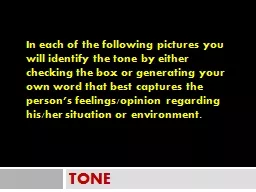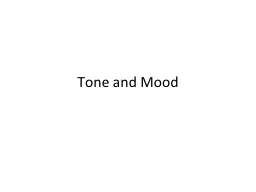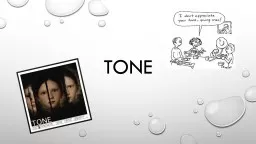PPT-Phonetic Fieldwork: Working on Tone
Author : lindy-dunigan | Published Date : 2016-04-26
2010 Summer School on Documentary Linguistics in West Africa Intermediate July 19July 31 2010 What is tone and why work on it 1 A language with tone is one in
Presentation Embed Code
Download Presentation
Download Presentation The PPT/PDF document "Phonetic Fieldwork: Working on Tone" is the property of its rightful owner. Permission is granted to download and print the materials on this website for personal, non-commercial use only, and to display it on your personal computer provided you do not modify the materials and that you retain all copyright notices contained in the materials. By downloading content from our website, you accept the terms of this agreement.
Phonetic Fieldwork: Working on Tone: Transcript
Download Rules Of Document
"Phonetic Fieldwork: Working on Tone"The content belongs to its owner. You may download and print it for personal use, without modification, and keep all copyright notices. By downloading, you agree to these terms.
Related Documents


